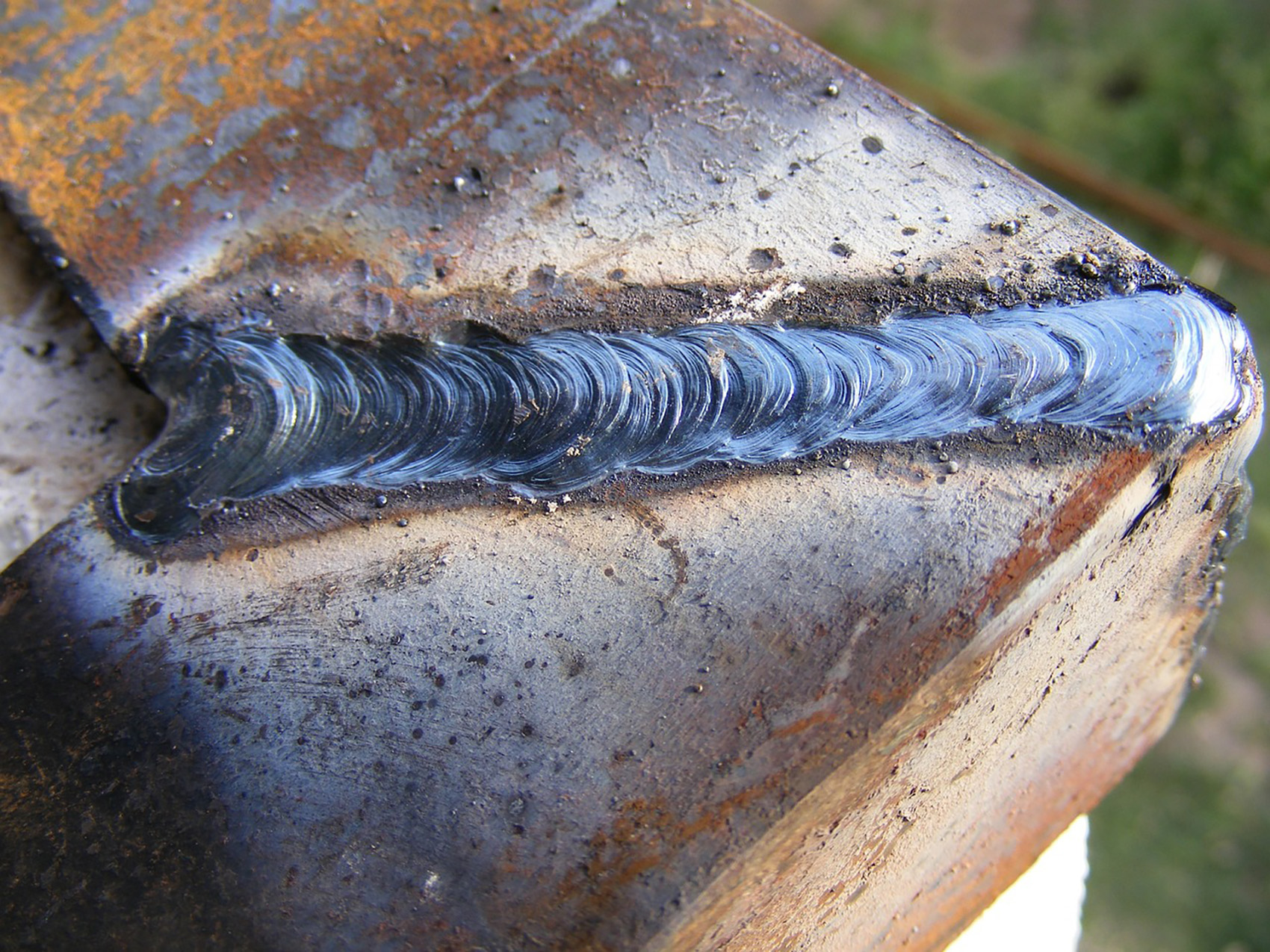Mastering the Art of Welding: Just How to Avoid Undercut Welding Issues for Flawless Construction Results
Effectiveness and accuracy are critical on the planet of welding, where even the tiniest imperfection can compromise the architectural honesty of a fabricated piece. One typical challenge that welders face is undercutting, a flaw that can weaken a weld joint and lead to pricey rework. By recognizing the root triggers of undercut welding and applying effective methods to avoid it, welders can boost their craft to new levels of excellence (Preventing weld undercut). In the quest of remarkable manufacture results, grasping the art of welding to stay clear of undercut issues is not just an ability but a requirement for those aiming for excellence in their job.
Understanding Undercut Welding

To avoid undercut welding, welders should make sure proper welding specifications, such as readjusting the present, voltage, traveling speed, and preserving the proper electrode angle. Additionally, making use of the proper welding strategy for the specific joint setup is essential. Utilizing weaving activities or backstepping techniques can assist make certain proper weld metal deposition and minimize the likelihood of undercut formation. Normal examination of welds during and after the welding process is likewise critical to catch any type of undercut early and make essential changes to stop more issues. Preventing weld undercut. By comprehending the causes of undercut welding and executing preventative procedures, welders can attain high-quality, structurally sound welds.
Reasons For Undercut in Welding
Understanding the variables that contribute to undercut in welding is essential for welders to create top quality, structurally audio welds. Inadequate welding present or wrong welding rate can additionally contribute to undercut. Recognizing these reasons and applying appropriate welding strategies can aid avoid undercutting concerns, making sure strong and resilient welds.
Techniques to avoid Undercutting

To mitigate the risk of damaging in welding, welders can utilize critical welding methods aimed at enhancing the quality and integrity of the weld joints. Additionally, using the proper welding technique for the certain joint arrangement, such as weave or stringer grains, can add to minimizing damaging.
Additionally, proper joint prep work, consisting of making sure clean base materials without impurities and utilizing the ideal welding consumables, is crucial in protecting against undercut issues. Utilizing back-step welding techniques and regulating the weld grain profile can also help distribute warm evenly and decrease the risk of undercut. Normal inspection of the weld joint throughout and after welding, in addition to applying quality control measures, can help in dealing with and detecting damaging issues without delay. By executing these methods vigilantly, welders can attain perfect manufacture results with very little undercut issues.
Relevance of Proper Welding Specifications
Picking and maintaining suitable welding criteria is essential go right here for achieving successful welds with marginal issues. Welding parameters refer to variables such as voltage, present, travel speed, electrode angle, and protecting gas flow price that directly impact the welding procedure. These parameters need to be discover this very carefully readjusted based upon the sort of product being bonded, its density, and the welding method used.
Proper welding parameters guarantee the right quantity of warmth is applied to thaw the base metals and filler product evenly. If the criteria are set too expensive, it can lead to too much warm input, causing spatter, burn-through, or distortion. On the other hand, if the parameters are too low, insufficient combination, absence of infiltration, or damaging may occur.
Top Quality Guarantee in Welding Workflow

Verdict
In verdict, mastering the art of welding requires a comprehensive understanding of undercut welding, its reasons, and methods to stop it. By ensuring correct welding parameters and implementing quality control practices, perfect fabrication outcomes can be attained. It is crucial for welders to constantly pursue quality in their welding operations to stay clear of undercut problems and create premium welds.
Undercut welding, an usual problem in welding procedures, occurs when the weld steel does not correctly fill the groove and leaves a groove or depression along the welded joint.To prevent undercut welding, welders must ensure correct welding specifications, such as readjusting the current, voltage, traveling speed, and maintaining the right electrode angle. Poor welding present or wrong welding rate can likewise add to damage.To reduce the threat of undercutting in welding, welders can utilize critical welding techniques intended at boosting the quality and integrity of the weld joints.In dig this conclusion, grasping the art of welding needs a thorough understanding of undercut welding, its reasons, and methods to prevent it.